The conference is done, the return flight completed, and the bag of laundry dealt with.
The general consensus amongst those I spoke with after the conference (and a view I agree with) was that it certainly ranks up there with the memorable ones. There was some excellent science presented, and the city of Kagoshima made a great venue. That was all topped off with some spectacular activity from Sakurajima, and a couple of impressive events put on by the organising committee.
My particular favourites with the science I think go to:
1) Ben Andrews, who presented some really lovely work looking at dilute pyroclastic density currents (PDCs), and some work from his most recent experiments using a laser array to observe the turbulent cloud dynamics.
2) Anne Mangeney, presenting work on PDC erosion, which is desperately understudied at the moment.
3) Robin Matoza, who highlighted that some of the physics being used to monitor eruption jet acoustics is 40 years out of date with regard to the present understanding used in the aerospace industry.
It would be remiss of me not to wax a little more lyrical about the behaviour of Sakurajima while we were there; with an average of 6 eruptions per day we were treated to a lot of picturesque photo opportunities…
This was the view on the first night from Kagoshima harbour
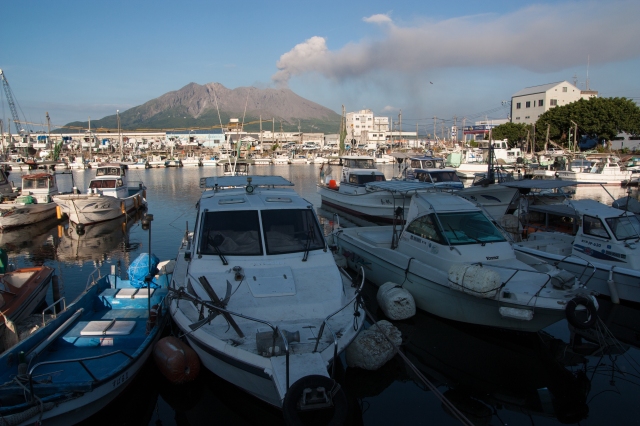 And the second night from the island itself as the sun went down
And the second night from the island itself as the sun went down
On Monday a series of mid-conference field trips were run, and the one I was on spent a couple of hours in the morning at Sakurajima, before heading up to Kirishima later in the day. This was Sakurajima about 2km from the vent when it was kind enough to spend an hour or so throwing intermittent pulses up for us.
Of course, what we didn’t expect was what we saw in the mid-afternoon, just as we were returning to Kagoshima…
The luck of the draw meant that we were just the wrong side of a hill and stuck on a coach. We also knew that then other group were almost certainly at the lookout point the previous photo was taken from. we eventually got the coach driver to stop after about 10 minutes to see the plume drifting away, having reached a final height of about 3200 m.
Still trying to get hold of some photos from colleagues on the other trip, and still phenomenally jealous that they got such a good view (including co-eruption lightning within the plume). EDIT – there’s a couple of lovely links in the comments.
The conference was rounded off with an amazing dinner, although made somewhat weird by the rapid ushering-out we received once the meal was over and the coaches were all ready to leave. That in turn was followed by a visit to several bars in Kagoshima, including a tiny reggae bar jammed full with about 200 volcanologists, including 3 or 4 behind the bar helping to serve.
If you’re at all interested, I’ve uploaded my poster presentation here, although the oral will stay offline for the moment as it doesn’t make a lot of sense without a lot of commentary.
I’ll leave you with a final few shots I took on the morning before my flight back, while visiting the Kagoshima aquarium. well worth a visit.

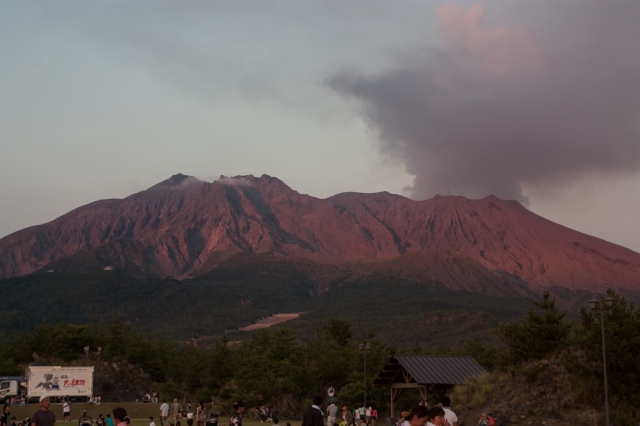
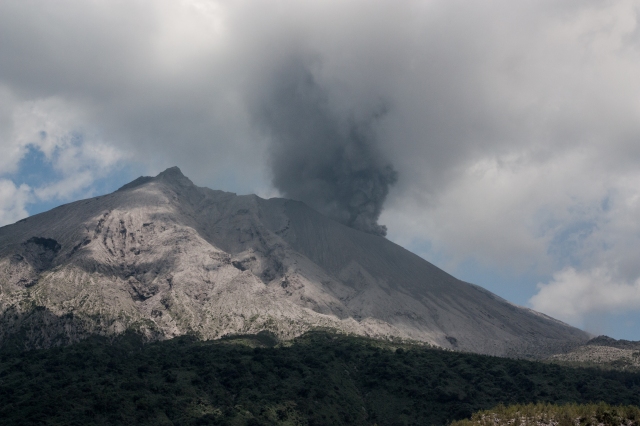
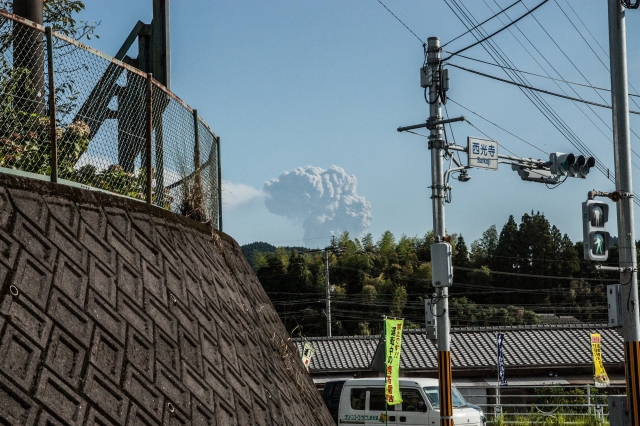
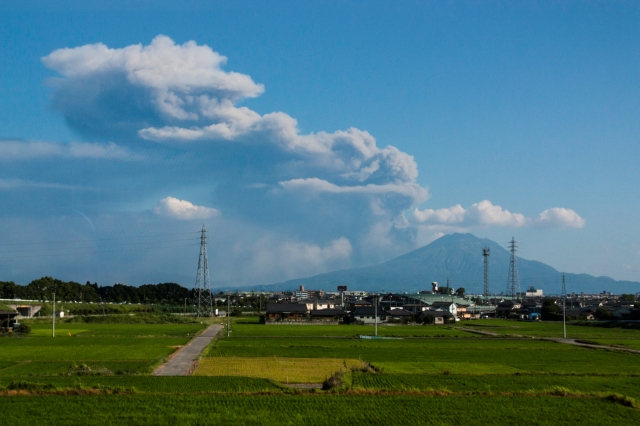
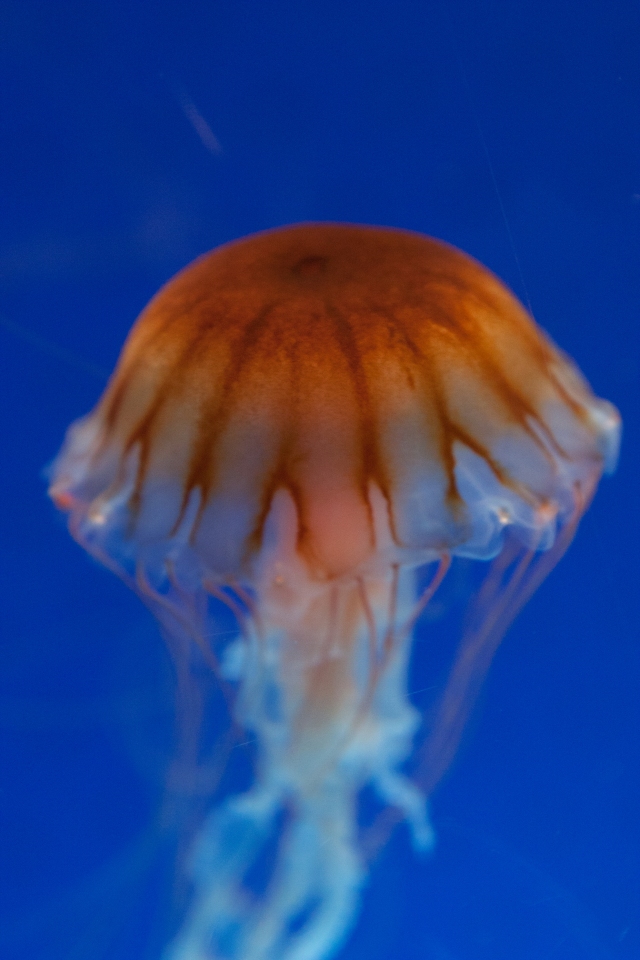
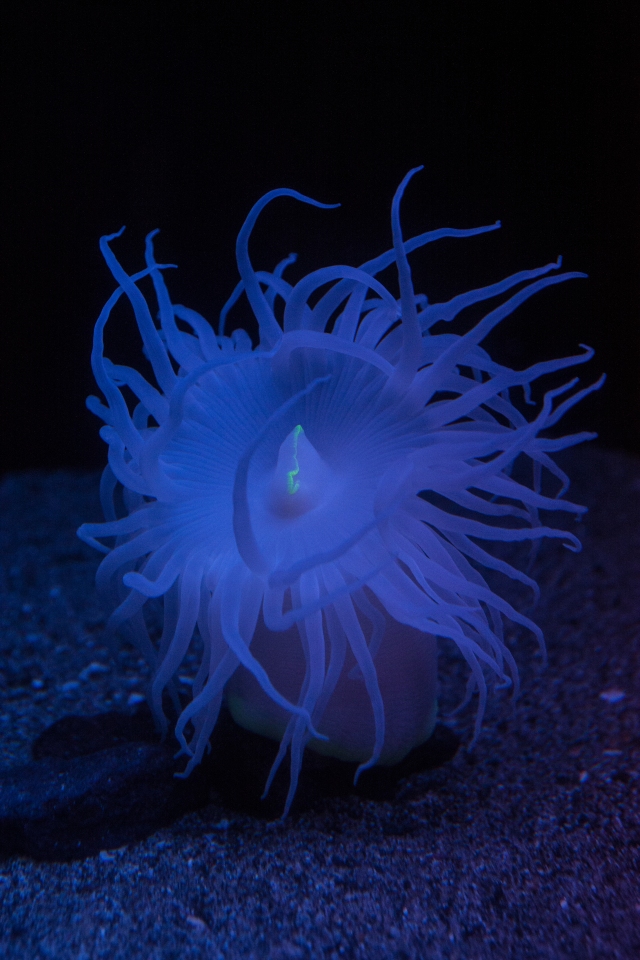
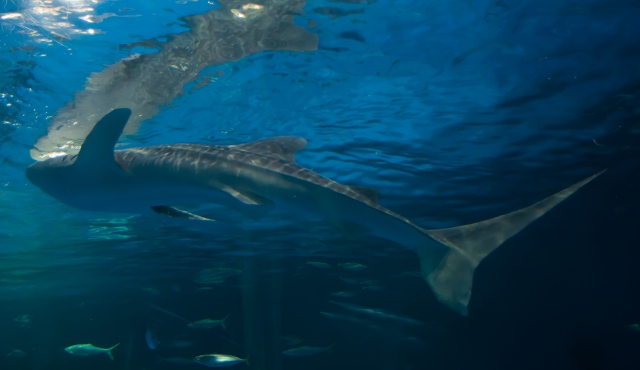
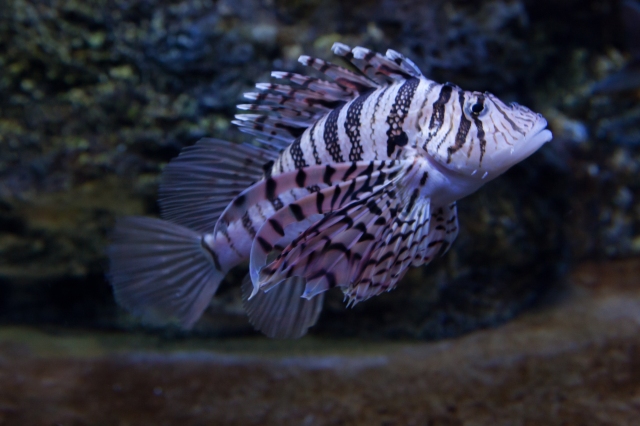



I decided to make my own field trip and I was lucky enough to be much closer than you when the eruption occurred in the afternoon of 22nd. Can’t say riding a bike through the ash fall zone was much fun though! Sadly I was still rather on the wrong side of the volcano, but I got plenty of photos nonetheless – a few here if you are interested:
http://verticaljapan.blogspot.jp/2013/07/riding-sakurajima.html
I currently work with ground deformation data from Sakurajima and I was lucky enough to see the data relating to that eruption a couple of days later. Turns out it was indeed quite a big event, relatively speaking, and actually quite unusual – there looked to be two or three pulses of activity, each sending up sequentially higher columns within a few minutes of each other, and this was correlated by the deformation data which shows a stepped deflation pattern rather than the usual single sudden deflation.
Such a fascinating volcano! Glad it could entertain you all during IAVCEI!
Cool, nice shots. I also just found this, which has some lovely pictures and videos taken from the Southern viewpoint. http://woostergeologists.scotblogs.wooster.edu/2013/07/23/sarkuajima-erupts-on-volcanology-field-trip/
Wow, excellent shots there! I’d just moved on from Arimura when the ‘big’ eruption happened – rather a shame!
Yep, it looks pretty impressive. @Volcanofile tweeted another great photo here too https://twitter.com/volcanofile/status/359269678968872961/photo/1